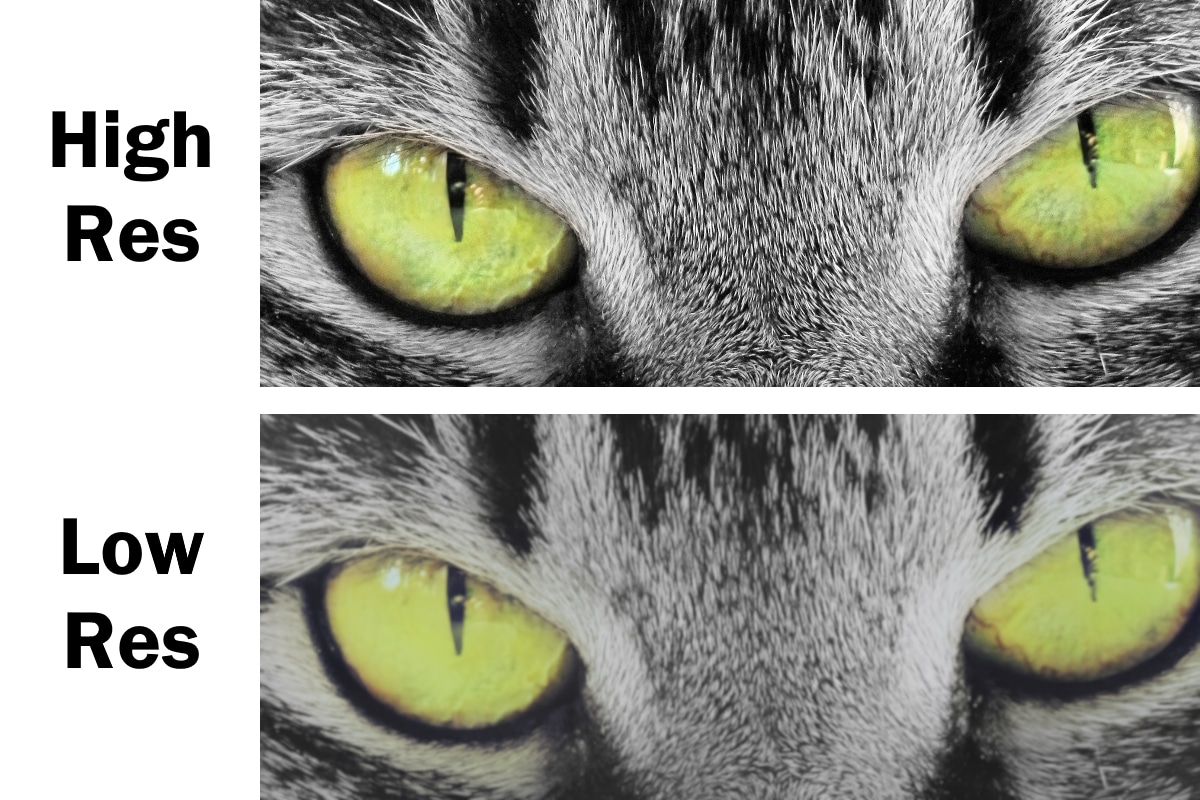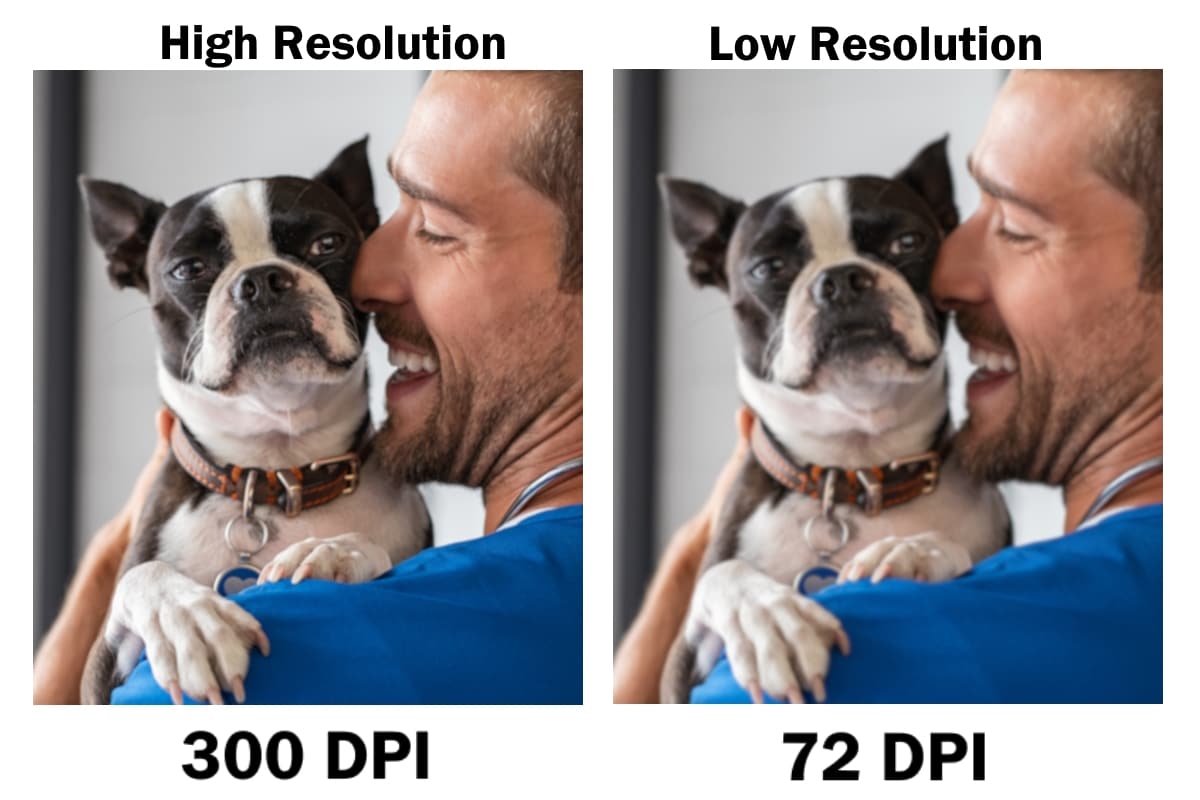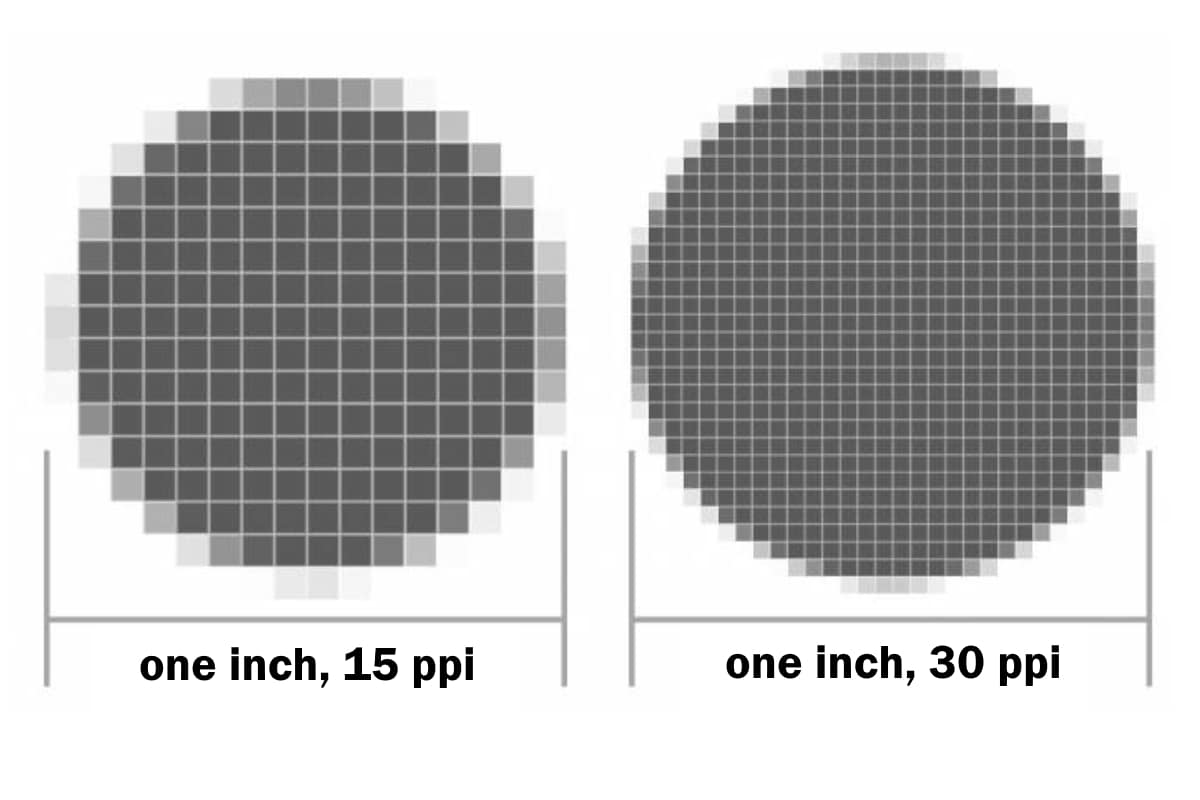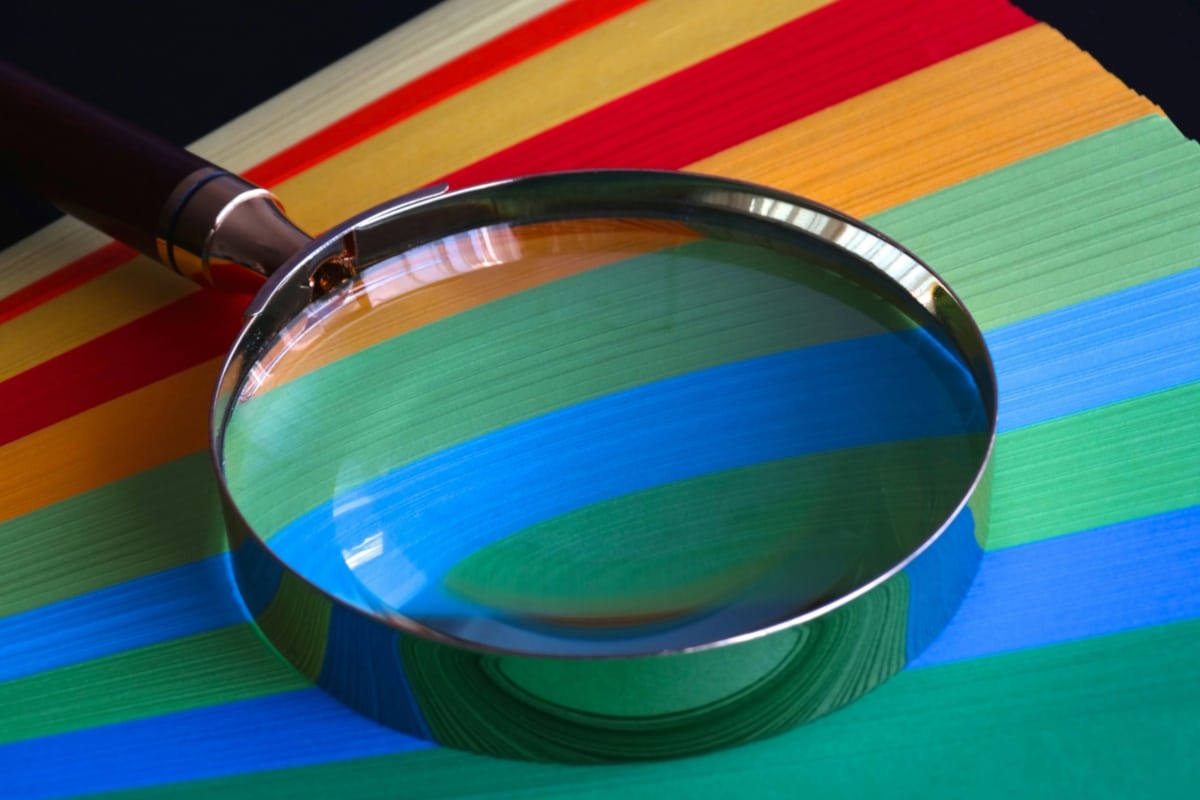Have you tried to have one of your images printed from the internet or off your phone and been disappointed by the printing quality? If you’re like most people, it’s happened more times than you care to admit. The reproduced image looks too grainy, dull, or pixelated, especially when resized. And it hardly looks professional for print materials such as banners, direct mail, flyers, postcards, brochures, signage, etc., or when optimizing digital images for the web. The answer is to ensure your images have a high DPI or PPI count—the higher these are, the more detail will be visible in your printed image.
Let’s discuss DPI and PPI in more detail regarding printing quality and how Brumley Printing in Fort Worth, Texas, is here to ensure you always get the perfect print quality for your materials.
Partner with Brumley Printing, a Top Commercial Printing Company in Fort Worth. Call (817) 336-5551
Why DPI and PPI Matter So Much With Printing Quality
There are so many images online these days that it feels easier to use them for your own purposes. But there are several problems with this. If the images aren’t already yours, you risk infringing on copyright laws put in place to protect the creator of the original artwork. This is especially true if you did not receive their consent to use or reproduce the images for your own purposes.
Even if the images are yours or you’ve received permission to use them, there’s the ever-present issue of printing quality. While the images may look great on your screen, web images don’t always reproduce well in other forms. This is because they are typically smaller and intended to be viewed on lower resolution displays to speed up download times. Even photos or images originating from your smartphone can’t be used in printed pieces unless they’ve been converted from RGB to CMYK (explained in more detail below) and must be provided as large or actual size to ensure the best printing quality.
This is where it is critically important to know the difference between DPI and PPI and how to use them for high-resolution vs low-resolution images.

It’s worth noting that DPI and PPI are often used interchangeably since they both define the resolution or clarity of an image. In simplest terms, the higher both numbers are, the better the image will look digitally or in print. This is because there are more dots or pixels per inch, so each dot or pixel can be printed at a higher resolution and come in larger file sizes. As a result, you get sharper images and a smoother, more professional overall product.
However, DPI and PPI can’t be used interchangeably since they refer to separate media in the printing world.
DPI, or dots per inch
DPI describes the amount of ink dots a printing press will produce per inch while printing an image. Typically, the higher the concentration of ink dots per inch within the image, the greater the detail and overall quality you will see when the product is printed.
DPI uses the CMYK (cyan, magenta, yellow, and key/black) color model to control the amount of red, green, and blue light. Therefore, a DPI of 300 or higher is considered high resolution and leads to printed images that appear sharp and crisp.

Anything less than that can cause poor printing quality with images that appear:
- Fuzzy
- Jagged
- Blurry
- Pixelated
- Dull in color
Brumley Printing Knows Print Marketing in Fort Worth. Call (817) 336-5551
PPI, or pixels per inch
Unlike DPI, which refers to printed images, PPI refers to the fixed number of pixels (the smallest building blocks of a digital image) a screen can display and the density of pixels within a digital image. For digital, think in terms of computer monitors, TV screens, and digital photography. PPI utilizes the RGB (red, green, and blue) color model, not CMYK. A digital image with a higher PPI (300 PPI is high resolution) creates a detailed and sharper image.
Conversely, lower-resolution digital images contain larger pixels in fewer numbers. As a result, they’ll appear pixelated and blurred, and colors will appear dull and blended with other colors on the screen.

If the difference between DPI and PPI still needs to be clarified, the good news is that you have a partner in Brumley Printing who knows what it takes to achieve superior printing quality. We offer a full range of printing services, including offset, stochastic, and digital printing. We also provide integrated print solutions that help our clients save time and money.
Need a Print Marketing Partner? Brumley Printing Can Help
Is your business ready to choose a commercial printing company that offers all the bells and whistles, including being a reliable source for what works best in today’s ever-evolving marketing world? Brumley Printing has been helping Fort Worth businesses with their printing and marketing needs for over 30 years.
Our experienced professionals are dedicated to providing our clients with the best possible service. We take pride in our work and always seek ways to improve our services. At Brumley Printing, we are constantly investing in new technology and equipment to ensure that we can meet the needs of our clients.
We provide quality services at competitive prices. Plus, we offer unprecedented service and guidance to every client. To get started, give us a call at (817) 336-5551.

